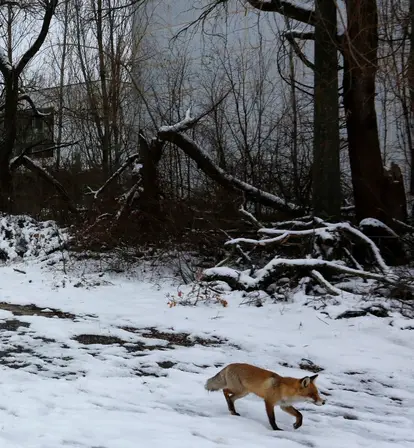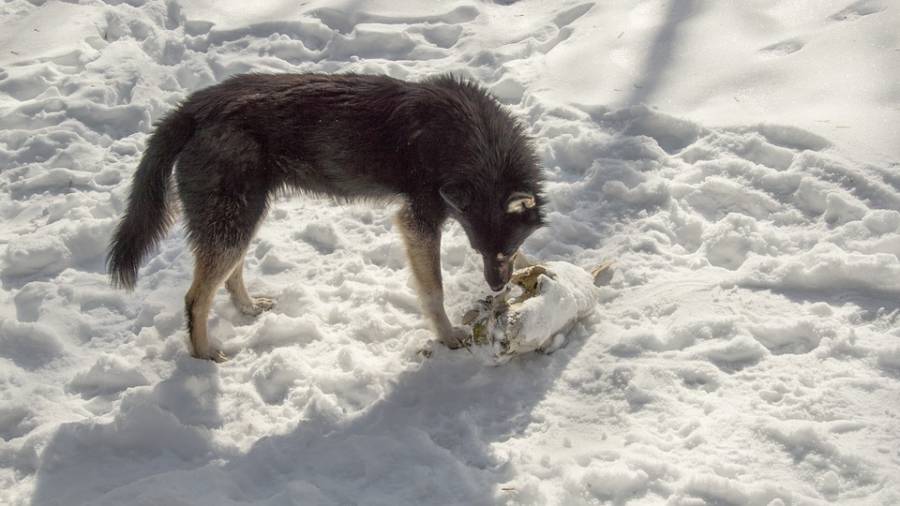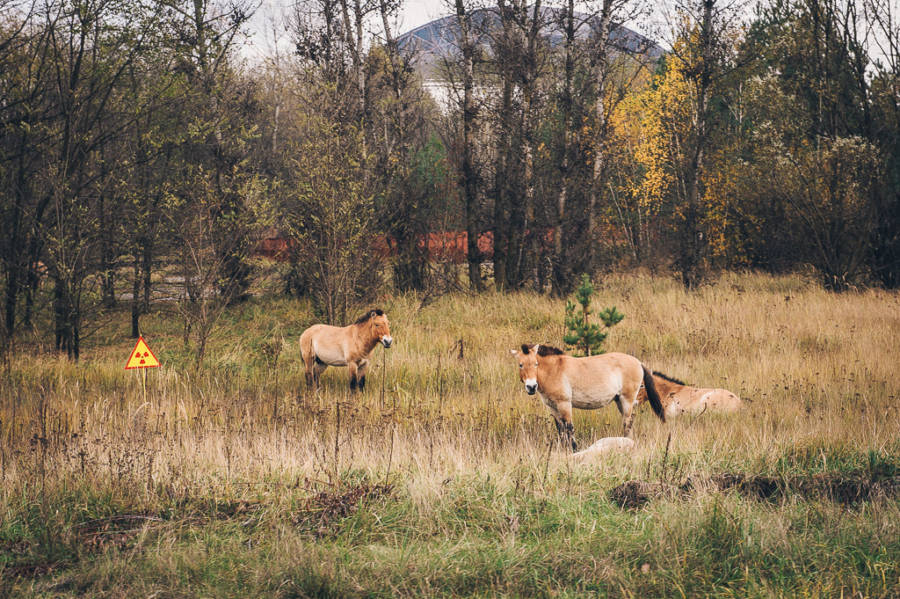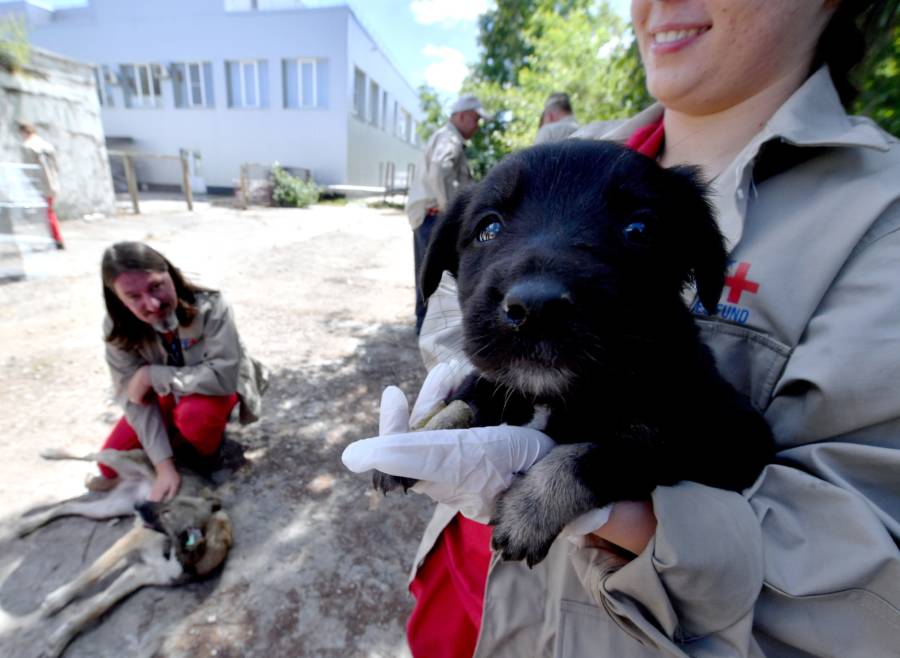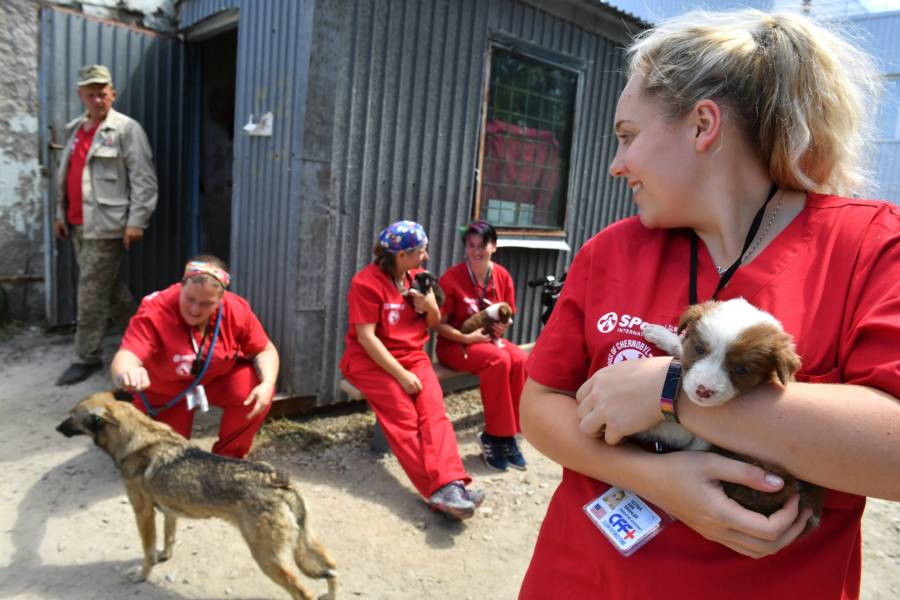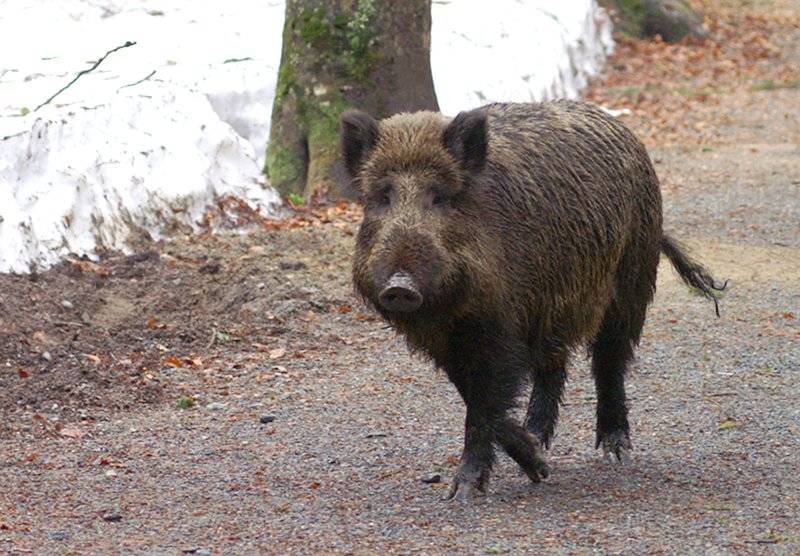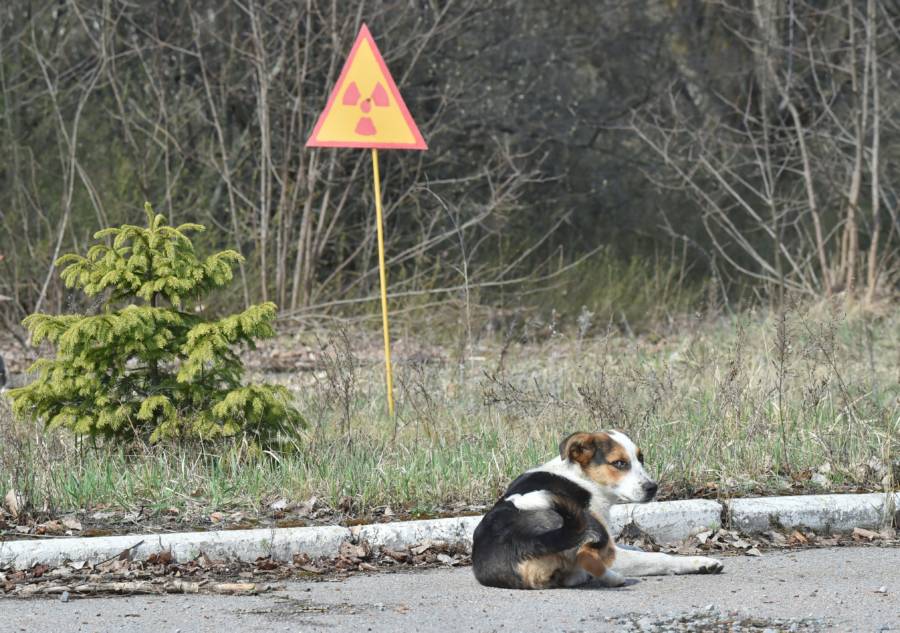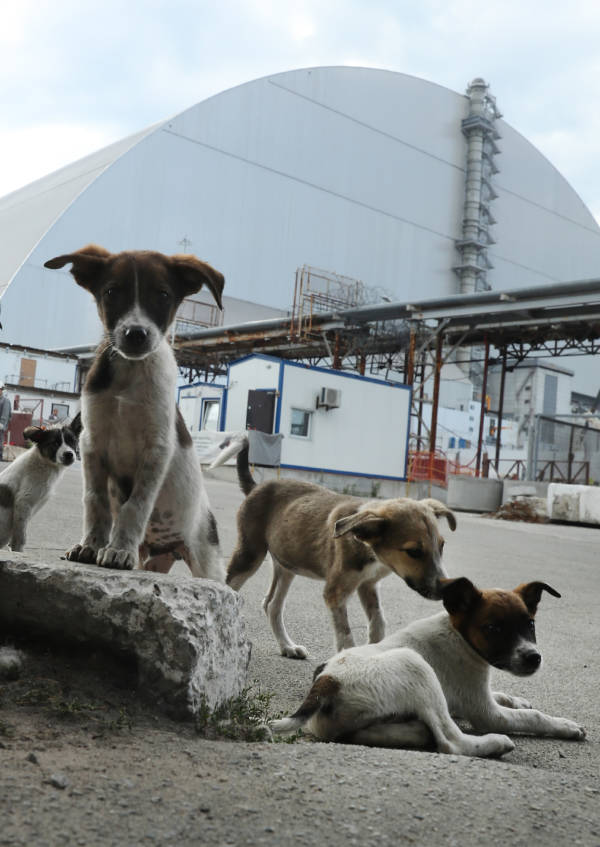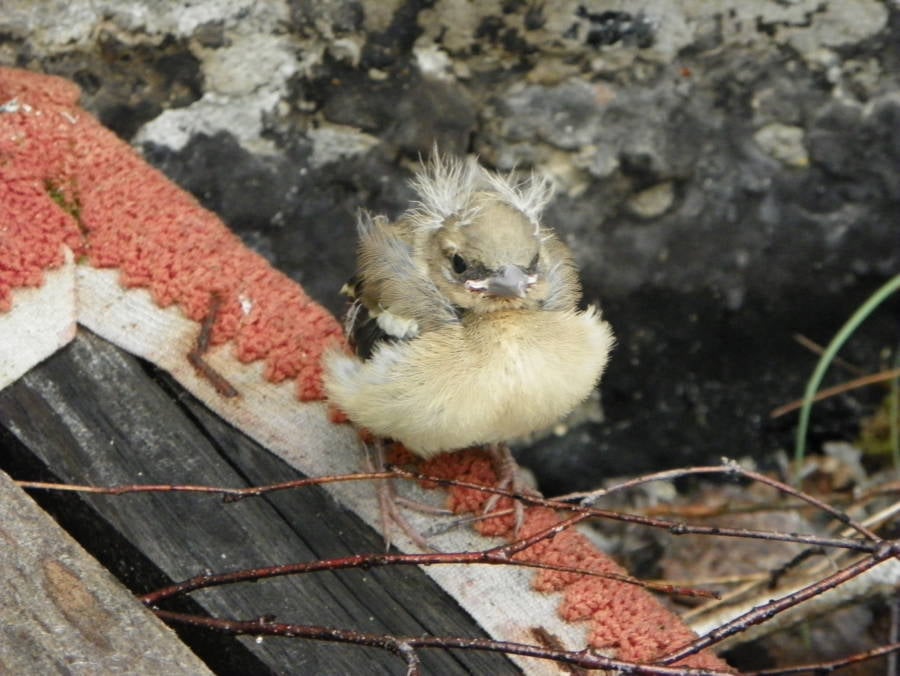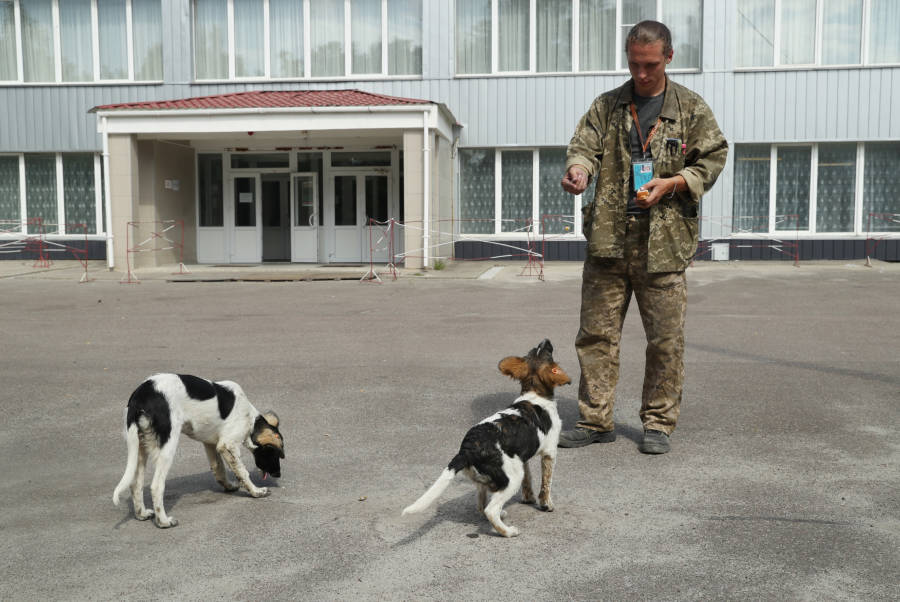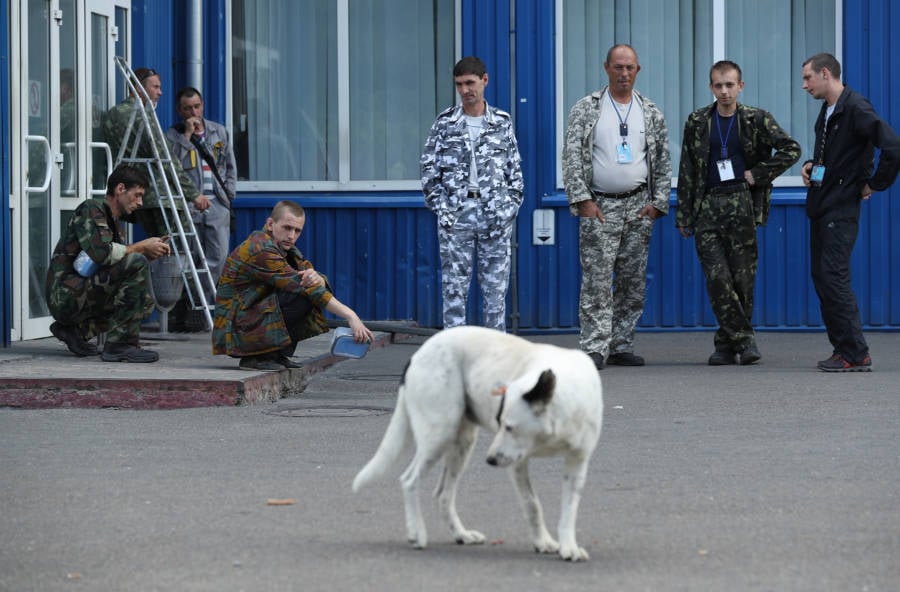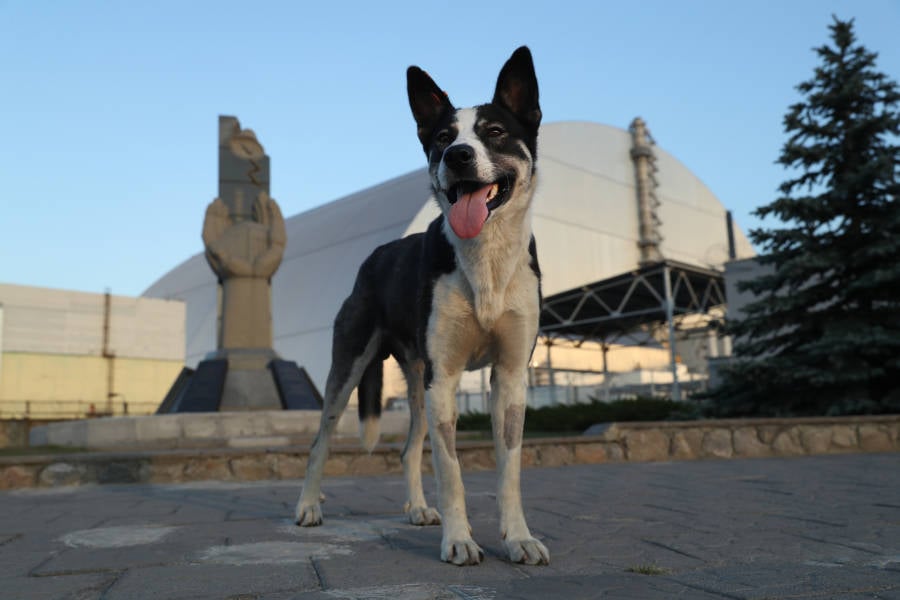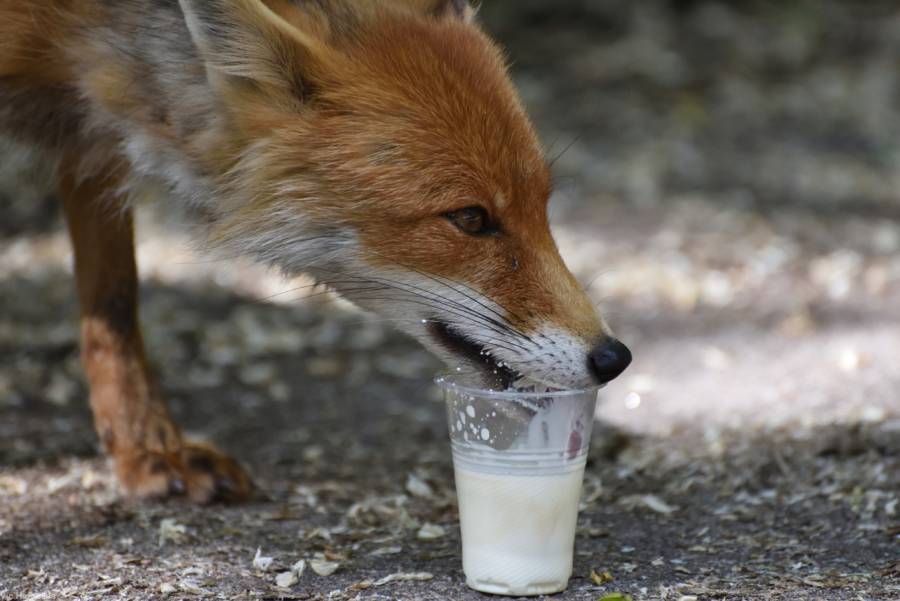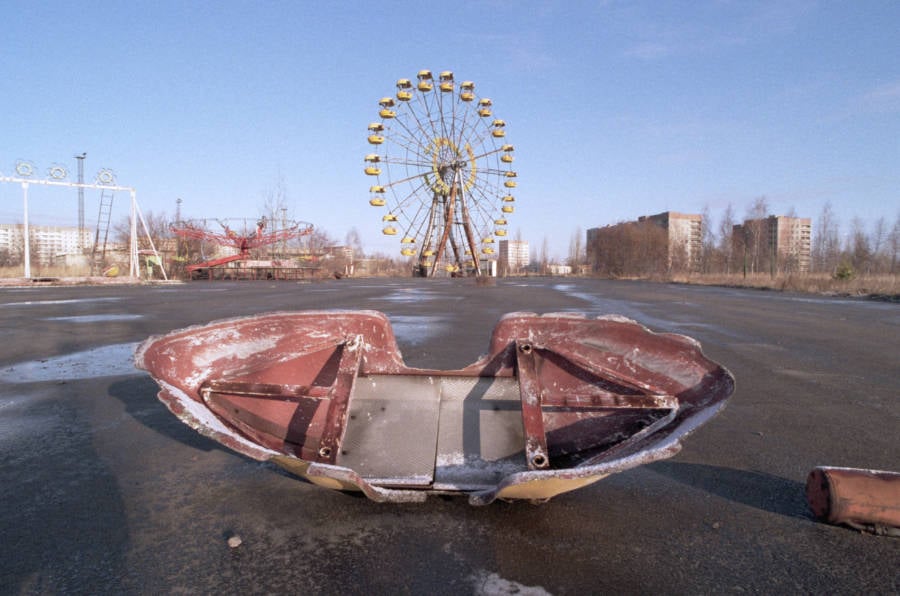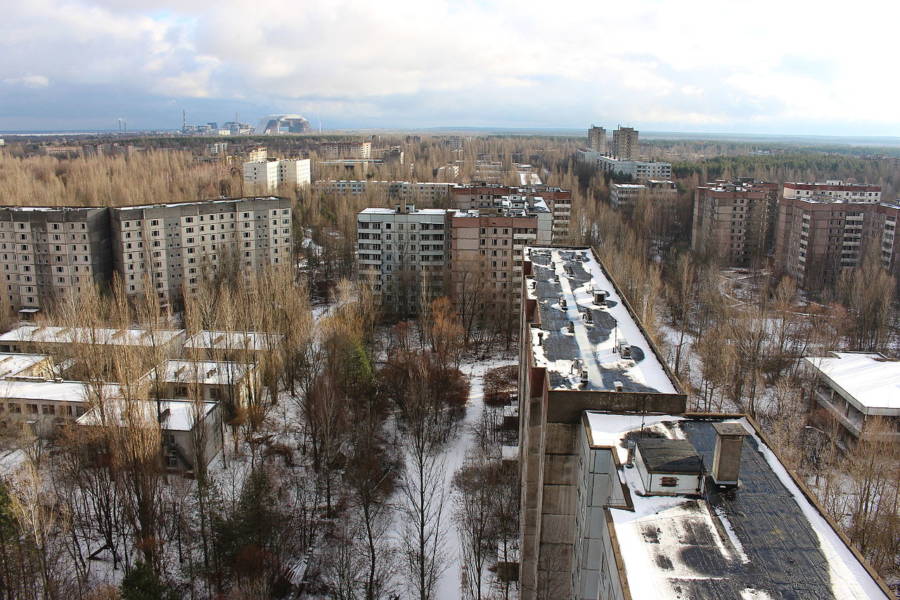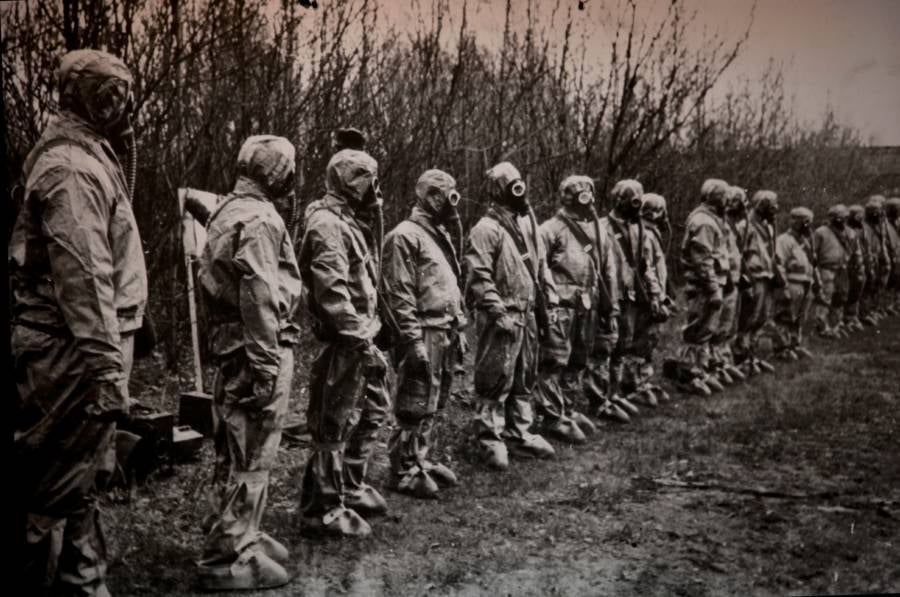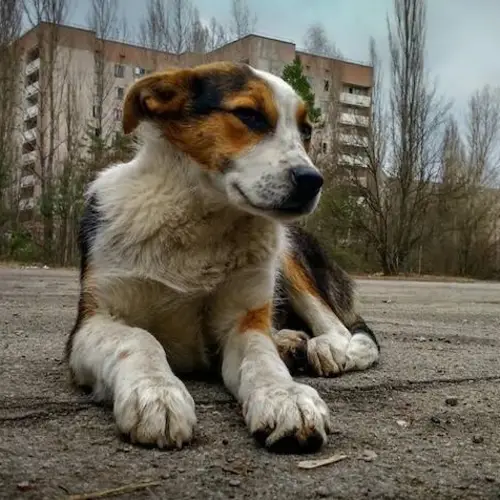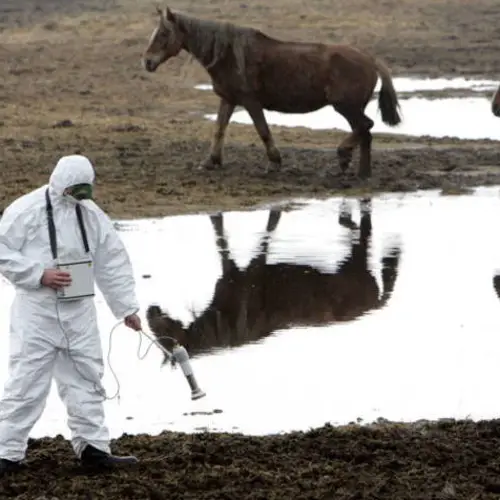From elk to boars to dogs, Chernobyl's animals have found an unexpected haven for wildlife in the Red Forest of the Exclusion Zone.
Contrary to what one might assume, Chernobyl — the site of the deadliest nuclear accident in history — is a virtual refuge for wildlife. From deer, wolves, and dogs to more exotic species like lynx and uniquely named Przewalski's horse, the animals of Chernobyl and the surrounding Red Forest are numerous. Which begs the question — what is more dangerous to the world's wildlife: radioactivity or mankind?
The Chernobyl disaster happened in the Ukrainian town of Pripyat in April of 1986. A nuclear reactor exploded and released radioactive fallout that necessitated the quarantine of a 30-mile perimeter called the Chernobyl Exclusion Zone.

Sean Gallup / Getty ImagesA sign warns of radiation at the Red Forest near the former Chernobyl nuclear power plant.
Within the exclusion zone lives the Red Forest, a 4-square-mile area surrounding the Chernobyl nuclear power plant named for the hue of the pine trees after they died en masse from high levels of radiation.
In the past three decades, this area has grown to encompass about 1,600 square miles called Chernobyl's exclusion zone — and consequently contains a mass of radioactive animals.
The Animals Of Chernobyl: Wild Dogs
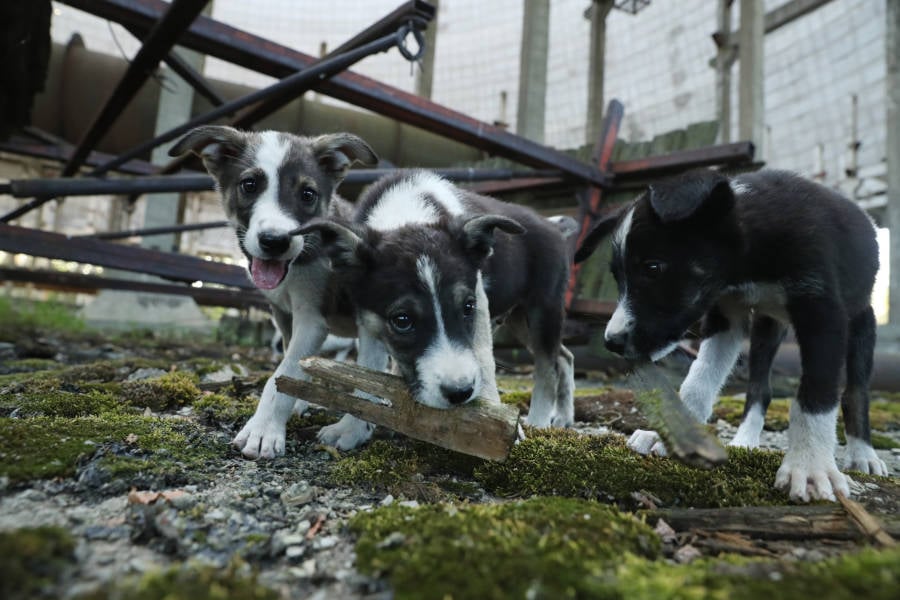
Sean Gallup/Getty ImagesStray puppies play in an abandoned, partially-completed cooling tower at the Chernobyl nuclear power plant.
Some animals fare better than others within the exclusion zone.
For instance, Chernobyl's stray dogs — descendants of pets left behind by fleeing owners — need to rely on the kindness of people. Workers in Chernobyl's exclusion zone often share their lunches with the hundreds of strays that roam the area. Sadly, most dogs here don't live past the age of four. Ukraine's harsh winters — not necessarily radioactivity — are mostly to blame for their early deaths.
Workers at the plant are advised not to touch the dogs, as radioactive particles can exist on their fur. It's a difficult task to protect these animals from the dangers at Chernobyl's exclusion zone, but special groups are trying.
"The rules of man mean nothing to the world of dog. They lay, they dig, they roll around, they drink puddles" says Lucas Hixson co-founder of Clean Futures. The group is making some of Chernobyl's dogs available for adoption — after a strict vetting and decontamination process, of course.
Stray dogs aside, other species of Chernobyl's animals actually appear to be thriving.
In fact, the whole ecosystem has seen great rebounds even just a few years after the incident.
Large Mammals Thrive In The Red Forest
One example of wildlife thriving within Chernobyl's exclusion zone is Przewalski's horses, sometimes called Mongolian wild horses. Zoologists introduced this endangered subspecies of wild horses into Chernobyl's exclusion zone in 1998. Without intervention from humans, their population has grown.
Shockingly, the large animal population on the Belarus side of the Chernobyl exclusion zone has also increased in the years since the tragedy. Moose, boars, and especially wolves are found in greater numbers than ever before. Scientific findings report that Chernobyl's wolves may occur in higher densities than within Yellowstone Park.
Specifically, wolves may get some protection from radiation by traveling further outside the Chernobyl exclusion zone for longer periods. But just how detrimental the radiation is to Chernobyl's animals is still debated.
How Radioactivity Is Affecting Chernobyl's Animals

SERGEI SUPINSKY/AFP/Getty ImagesA dog walks in the ghost town of Pripyat.
There is little doubt that animals exist in great numbers within the exclusion zone. But at what cost to their health? Two opposing scientific camps have their own theories on the matter. Both sides concur that radiation is certainly not an optimal scenario for the wildlife — but is it, let's say, less harmful than the presence of humans?
Danish scientist Anders Pape Møller reported that:
"These animals in Chernobyl and Fukushima live 24 hours a day in these contaminated sites. Even if the actual dose for one hour is not extremely high, after a week or after a month, it adds up to a lot. These effects are certainly at a level where you could see dramatic consequences."
Whereas biologist Jim Beasley of the University of Georgia's Savannah River Ecology Laboratory suggested that given their data, the radiation levels can't be too harmful. "Even if they're [radiation] there, they probably aren't enough to suppress populations to the point where they can't sustain themselves ... humans have been removed from the system and this greatly overshadows any of those potential radiation effects."
However, given the migratory nature of some animals, there's more to think about than just wildlife within the exclusion zone and the Red Forest.
"I don't want to say that animals from Chernobyl are contaminating the world," assistant ecology professor at the University of Missouri Michael Byrne reported. "But if there are any forms of mutations that could be passed on, it's a thing to consider."
After seeing the suprising animals of Chernobyl and the Red Forest, look through these photos of Chernobyl's aftermath, then discover the bonsai tree that even the Hiroshima bomb couldn't take down.
